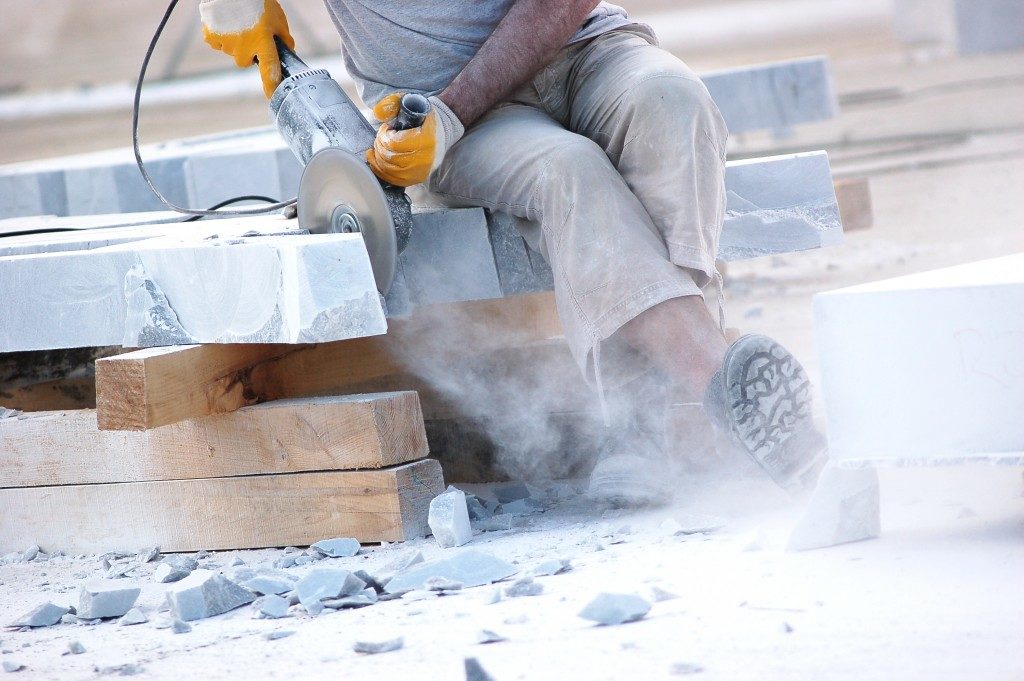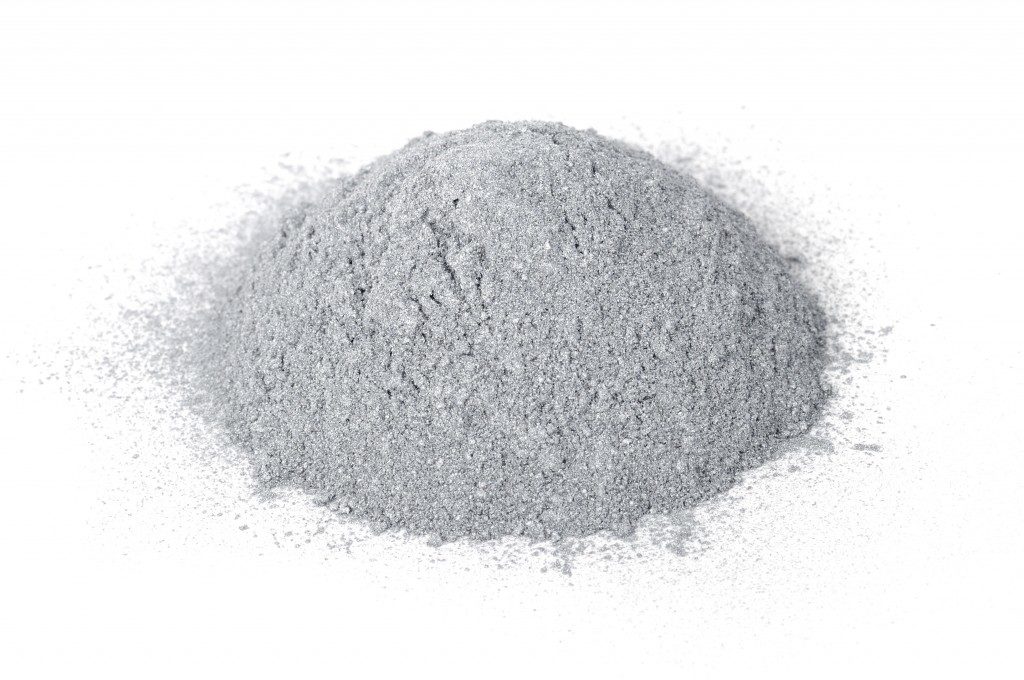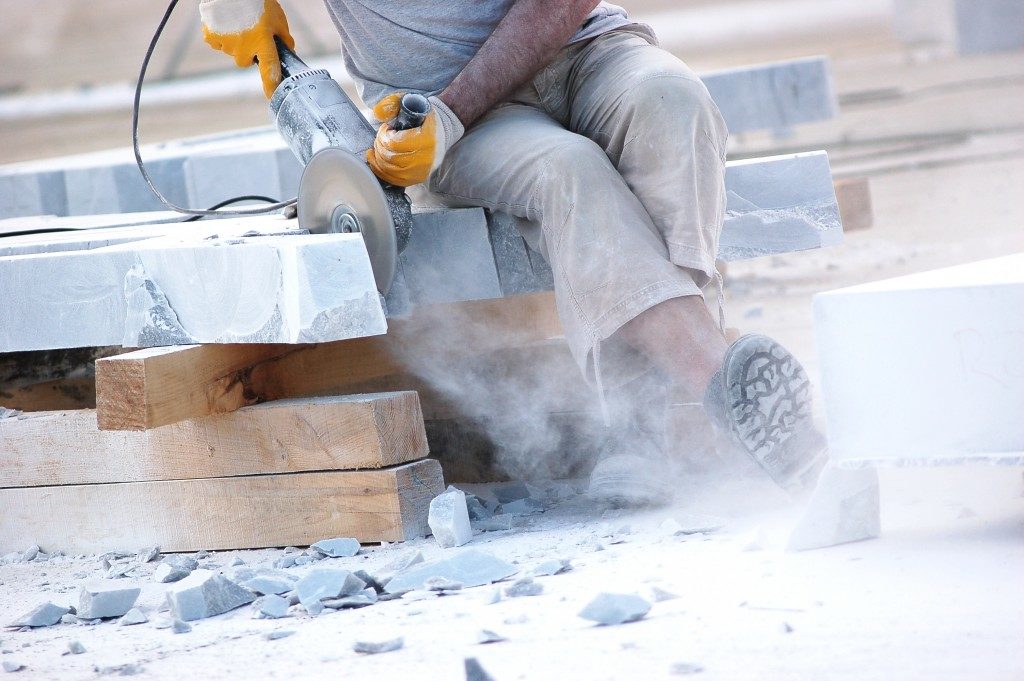 Concrete, steel and stone are among the hardest construction materials to work with. This is primarily because they are very hard to cut through or shape. There used to be very few cutting tools that could handle precise cuts into these construction materials. Thankfully, you now have a solution for cutting these seemingly hard materials in diamond blades and drill bits.
Concrete, steel and stone are among the hardest construction materials to work with. This is primarily because they are very hard to cut through or shape. There used to be very few cutting tools that could handle precise cuts into these construction materials. Thankfully, you now have a solution for cutting these seemingly hard materials in diamond blades and drill bits.
The blades and drill bits have a sintered diamond powder layer. The diamonds will provide a superior and strong cutting edge for the tools. Most of the tools you will get from diamond tool suppliers also contain carbide. This is meant for the flexibility of the blades and support of the diamond powder.
Here are the different diamond powder types used by most manufacturers for diamond cutting tools.
Precision-Sized Natural Powders
These have monocrystalline particle structures made from high underground pressures and temperatures. Natural diamonds are precision-graded and have a sharp-edged and blocky particle shape. They also do not contain free catalyst metals. They are, therefore, generally used in grinding wheels and plated tools, as well as applications that require a high level of cleanliness.
Standard-Sized Monocrystalline Synthetic Powders
These are formed through high temperature and pressure synthesis. The diamonds, however, break more easily along their cleavage planes compared to other types. This is because monocrystalline synthetic diamonds have a resin bond and thus their particles are somewhat brittle. Standard-sized monocrystalline diamond powders are generally used in resin-bond grinding tools.
Precision-Sized Monocrystalline Powders
These share similar properties with the standard-sized monocrystalline diamonds. The primary distinction between these two powders is that precision-sized monocrystalline diamonds have a metal bond, so they do not fracture so easily. The diamond powders are typically used in metal-bond grinding tools or as loose abrasives in polishing and lapping applications of ceramics and metals. They can also be used as fixed abrasives in a grinding wheel.
Standard-Sized Polycrystalline Powders
 These are formed through explosion synthesis. Polycrystalline diamonds comprise countless microcrystallites and have no cleavage panes. The lack of cleavage panes makes these diamonds stronger than monocrystalline ones. They can be used in high-pressure applications and in tools used in the lapping of composite materials and ceramic oxides.
These are formed through explosion synthesis. Polycrystalline diamonds comprise countless microcrystallites and have no cleavage panes. The lack of cleavage panes makes these diamonds stronger than monocrystalline ones. They can be used in high-pressure applications and in tools used in the lapping of composite materials and ceramic oxides.
Precision-Sized Polycrystalline Powders
These are also formed through explosion synthesis but unlike standard-sized polycrystalline diamond powder are graded to precise specifications. This property makes precision-sized polycrystalline powders the ideal choice for applications that require maximum precision. The diamond powder is generally used in tools designed for polishing and lapping of ceramic oxides and composite materials.
Most diamond cutting tools were quite expensive in the past. But now, there are already new production techniques for tools using the different types of diamond powders mentioned above. This has made it possible for the diamond tools on the market to be inexpensive. Cost, therefore, should not be a hindrance to the use of diamond cutting tools in your construction projects. Diamond tools also help enhance performance, so they prove to be the most economical solution for your cuts in the long run.


